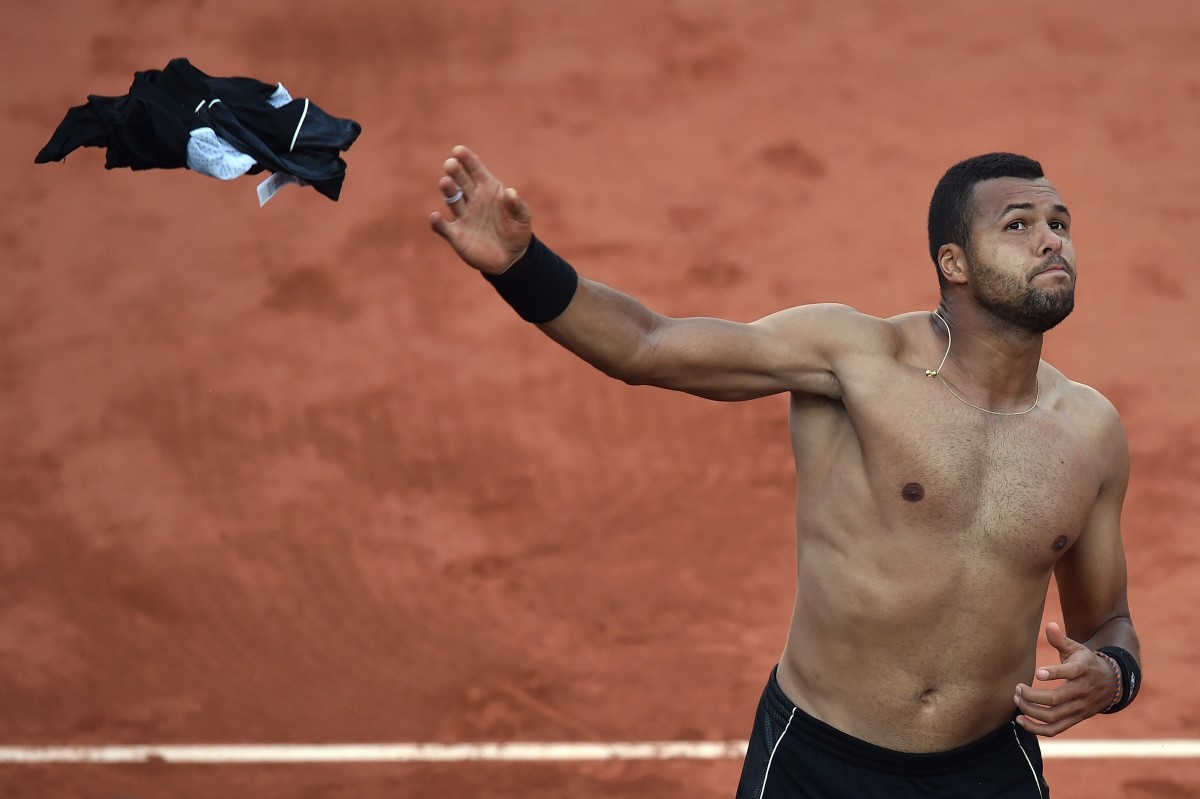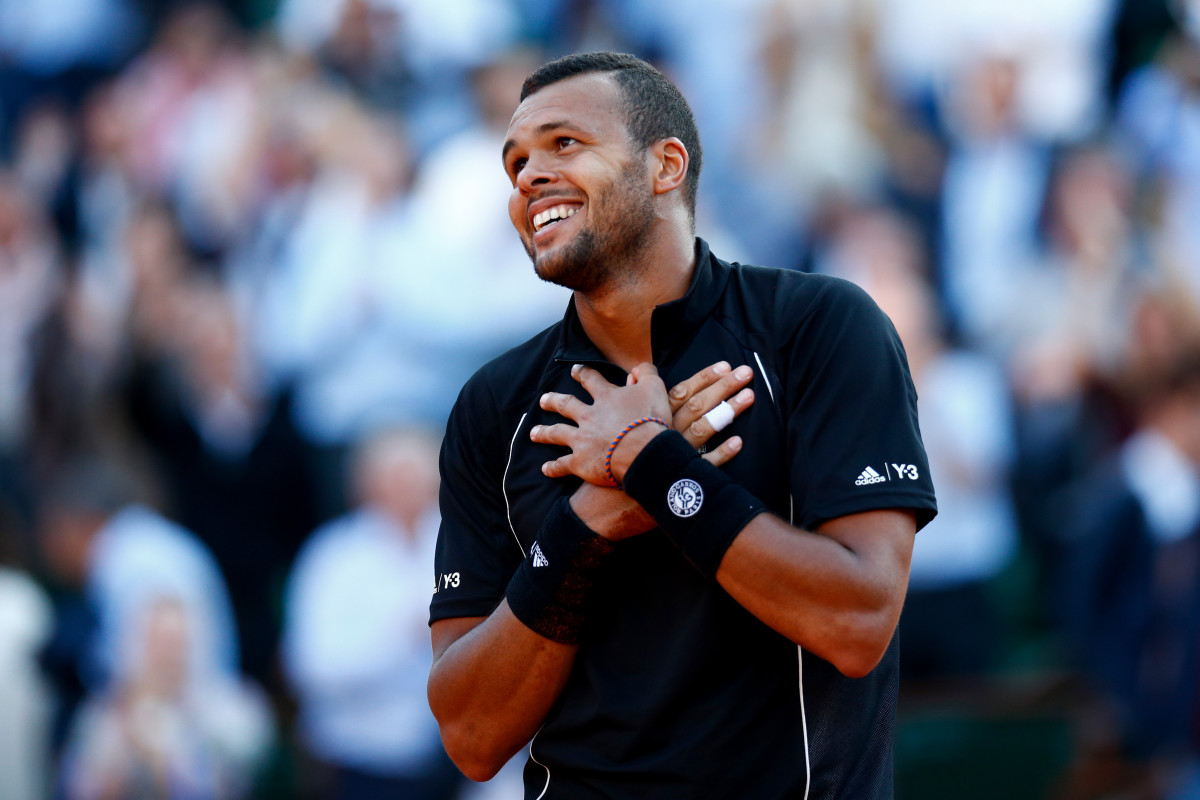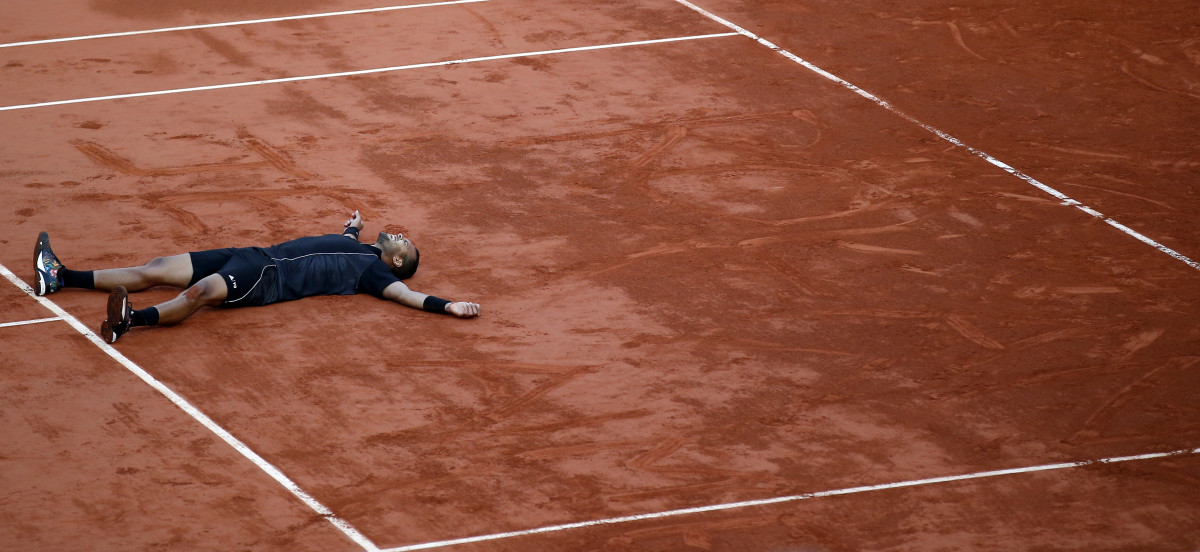Five thoughts on French Open Day 10's quarterfinals upsets
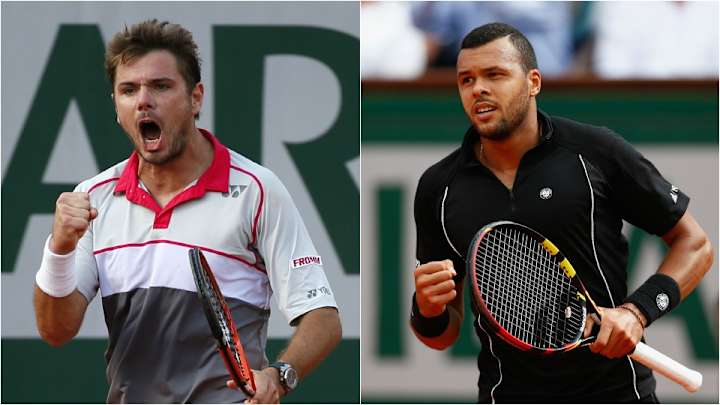
PARIS – Five thoughts from Day 10 on Tuesday at the French Open, where Roger Federer—and Court Philippe Chatrier—crumbled, Ana Ivanovic and Lucie Safarova booked their spots in the semifinals and Frenchman Jo-Wilfried Tsonga pulled out a win in five sets.
• This was shaping up so nicely for Roger Federer. Minimal drama. Generally easy matches. Pleasant conditions. Pleasant draw. While all the attention was fixed on the upper half of the draw, the 2009 champion sailed. Was it possible he could steal this title? The thought was extinguished today by Stan Wawrinka, the Swiss alt-Federer. Zinging and flinging, as Clyde Frazier might say, Wawrinka put Federer on this defensive all afternoon. In these heavy conditions, he pinned Federer deep and never stopped dialing in his groundstrokes. He then closed out the match in a third-set tiebreak. If we’re being honest, if Federer wins another Slam, it’s least likely to come here. Still, this loss must sting.
Federer upset by Wawrinka; Tsonga wins; Ivanovic, Safarova advance
• Here’s to low-level lighting. Ana Ivanovic won this event in 2008. It was the last time she so much as reached a Grand Slam semi. Weighed by pressure and expectation, she fell in the rankings, changed coaches more often then the Cleveland Browns and existed as a cheerful former champion. Playing on the backcourts and under lower intensity lighting, Ivanovic has quietly played excellent tennis here. She reached the round of four with a straight set romp over Elina Svitolina.
• In the other women’s semi, Lemonade Lucie Safarova sustained her high level tennis from yesterday—a takedown of Maria Sharapova—and brought her lefty power to bear against Garbine Muguruza. In a tight and well-contested match, but Safraova never wavered from her first-strike gameplan. She was rewarded for the second day in a row and is now in the semis.
• After taking down No. 4 seed Tomas Berdych on Sunday, hometown favorite Jo-Wilfried Tsonga defeated No. 5 Kei Nishikori, 6–1, 6–4, 4–6, 3–6, 6–3. Tsonga dominated the first two sets but the match was delayed by falling metal in the stands on Chatrier—three spectators suffered minor injuries—but he pushed through and close it out in five, finishing off the win not with a dance, but a design in the dirt that read "ROLAND J'TAIME," the "T" formed by Tsonga's body on the court.
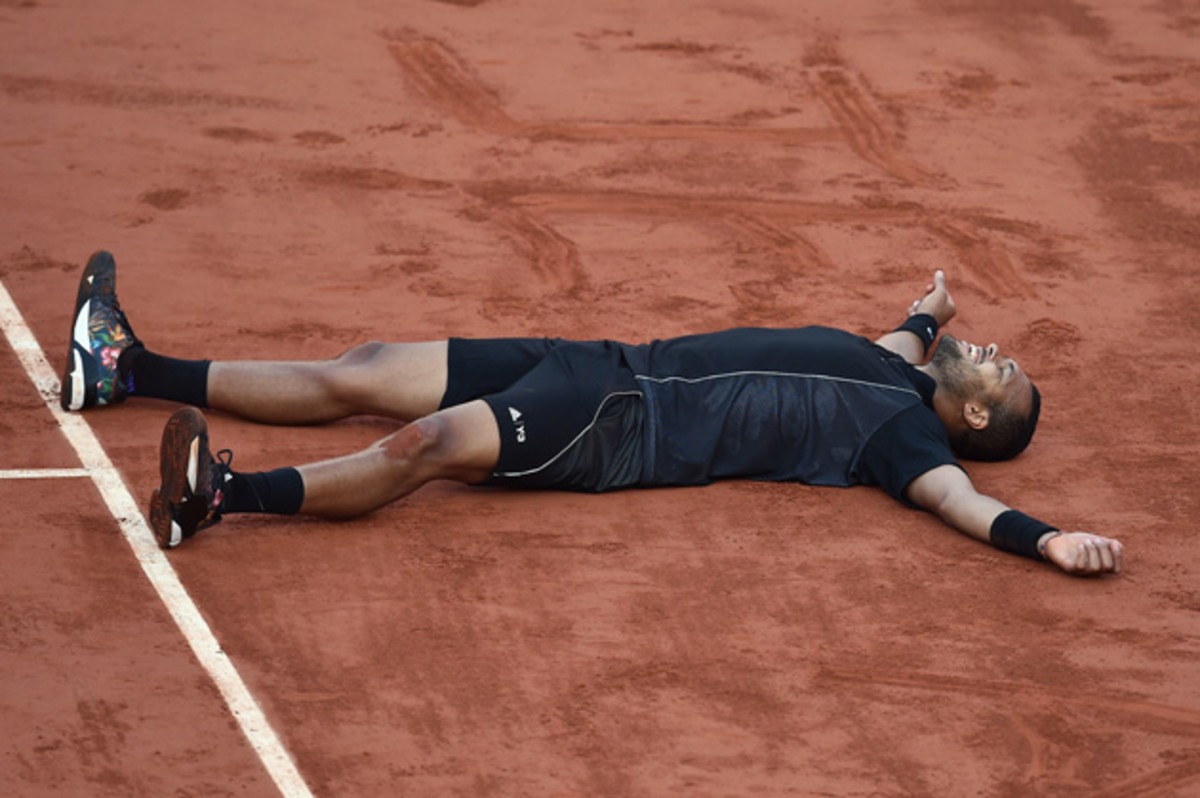
• Bring on Nadal-Djokovic. When the draw was released, the collision course had been paved. Nadal and Djokovic were placed in the same section of the draw, their quarterfinal becoming the de facto final of the men’s draw. Both men did their part, winning four matches—dropping only one set between them. So here we are. If Nadal wins the title for a tenth time, it’s only right he goes through Djokovic. If Djokovic wins the Career Slam, it’s only right it includes a takedown of the nine-time champ here.
Some Q/A
I actually think Serena is bored due to lack of competition, so she plays lackluster in the first set to see how far can she let it go before she can turn the match with her play and so far, she has proved that she can pull it off without much trouble. Don't think she is doing it intentionally either. Just my two cents on pseudo psychoanalysis. Still waiting for that player who can consistently match Serena toe to toe. None in the horizon so far.
—N. Neena
Novak Djokovic-Rafael Nadal clash highlights Day 11 French Open lineup
• I’m not ready to claim that Serena is subconsciously dropping sets. And the sting of losing early here in two of the last three years ought to sustain her interest in winning. But I agree that she can start out with an absence of urgency, knowing that she can always come back.
Yesterday we cited that figure: in half the 64 Grand Slam matches in which she has lost the first set, she has recovered to win the match. But a friend noted that before we chalk this up solely to her toughness, consider how many first sets were just awful tennis before she steadied? (This, too requires, mental toughness of course; but a different kind.)
Time violation and loss of first serve on set point down. Cross another umpire off the list. Pretty soon there won't be anyone left. It's almost like people want the players to follow the rules. Oh, and this argument about setting more of a precedent earlier in the match is nonsense. If you take too long consistently, then you knowingly put yourself at the mercy of the umpire at all times. Furthermore, [Nadal] takes the most time before crucial points like the one giving rise to the loss of the third set.
—MRN Dave
• Within five minutes of Dave’s correspondence, I got this one from Duane Wright:
One spectator injured by falling metal sheet at French Open
“After tuning in to the Tennis Channel replay of the Sock-Nadal match and catching the tail end of the third set, I have decided that you should stop answering questions about Nadal and his repeated time violations. I think Jim Courier was right to be exasperated when he said that Nadal hasn't even tried to conform to the rules, but the chair umpires have done an even worse job enforcing the rule, only calling him out during critical points in the match—serving for the set, break points, etc. This is his tenth French Open, which means he will not change. And he will not change because the chair umpires at this Slam, and other venues, don't seem to have the common sense (or nerve/guts) to do their jobs. How about we chalk up the serve clock and other efforts to speed up the game as a pipe dream.”
We just got an email from an official on this. We’ll discuss more in the 50 Parting Thoughts at tournament’s end.
I have an issue with John McEnroe letting out tidbits of information probably not intended for public consumption while he is commentating. While this might add to his value as a commentator, I am not sure this is ethically right, regardless of the importance of the information that he leaks out. The incident that triggered this outburst is when he casually mentions having met Mirka Federer and getting to know that the Federer kids are sick. Another notable such infraction into privacy from McEnroe's side comes at the WTF last year as it was he who actually blew the whistle on the locker room tiff between Federer and Wawrinka. It is time McEnroe stopped acting like the paparazzi.
—Daya, Göteborg, Sweden
• I applaud McEnroe for reporting and sharing with candor. Does the information have value? Or is it idle gossip? When the two finalists in a prominent event—friends and countryman with their own history—have a dustup in the locker room, that’s absolutely newsworthy. In fact, I would argue that McEnroe would have been derelict in his duties had he suppressed it. I think the opposite it far more corrosive to tennis, commentators knowing much more information than they let on. This might serve their interests and preserve relationships, but it is to their viewers’ detriment.
Ailing Sharapova, Monfils eliminated; Is Nadal ready for Djokovic?
If we can continue to praise Sloane Stephens victory over a hobbled Serena with a swollen ankle and a tweaked back, then let’s not diminish Safarova’s victory over Sharapova’s rhino virus. “Just Saying!”
—D. Harris, Memphis
• A few of you made similar comments. My point wasn’t to attribute losses to sickness, to blame players for getting sick or praise the ones who fought through. Instead it simply to note that there’s an element of chance that we often overlook. For players to win at Slams consistently—and sometimes in streaks that span years—is an underrated achievement.
A lot made of @serenawilliams 50+ wins at all Slams. How about @rogerfederer closing in on 70+ wins at all Slams?
—@kamassage
• In fairness, Federer is older. (That was a joke.)
SNAPSHOTS FROM DAY 10
French Open Day 10
Lucie Safarova
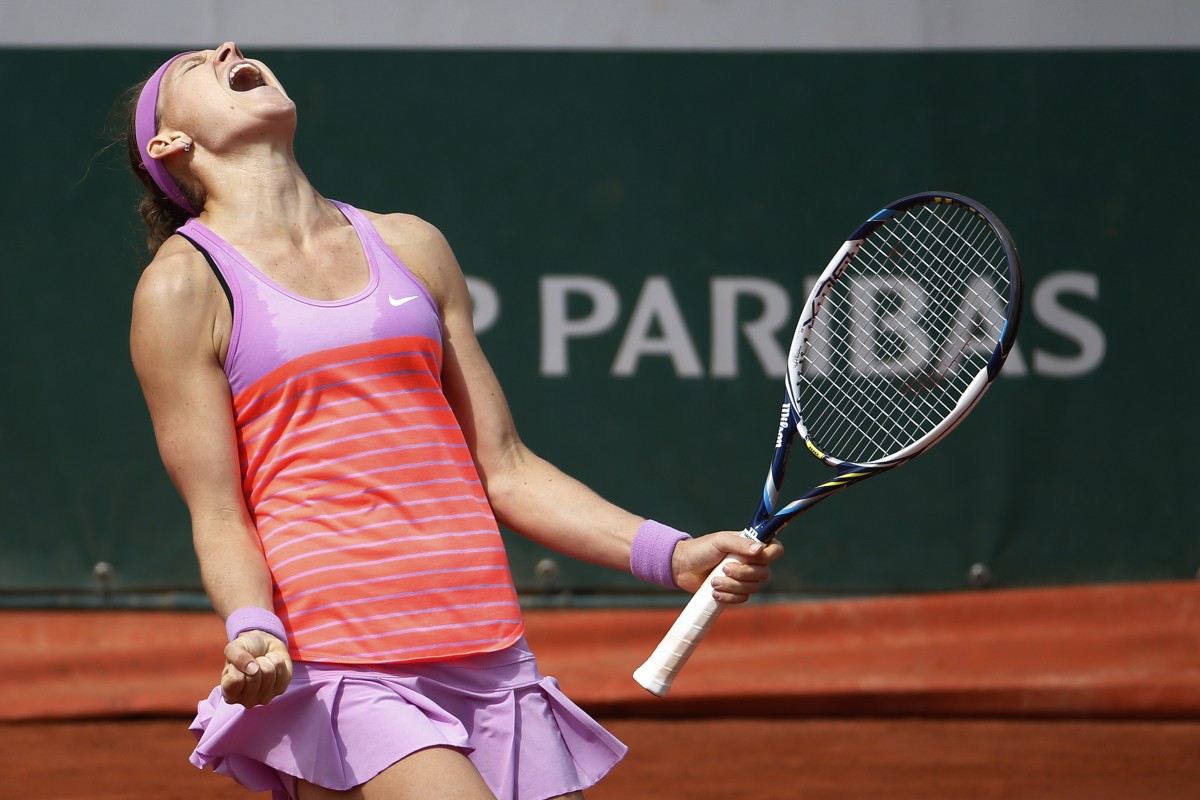
Bastian Schweinsteiger
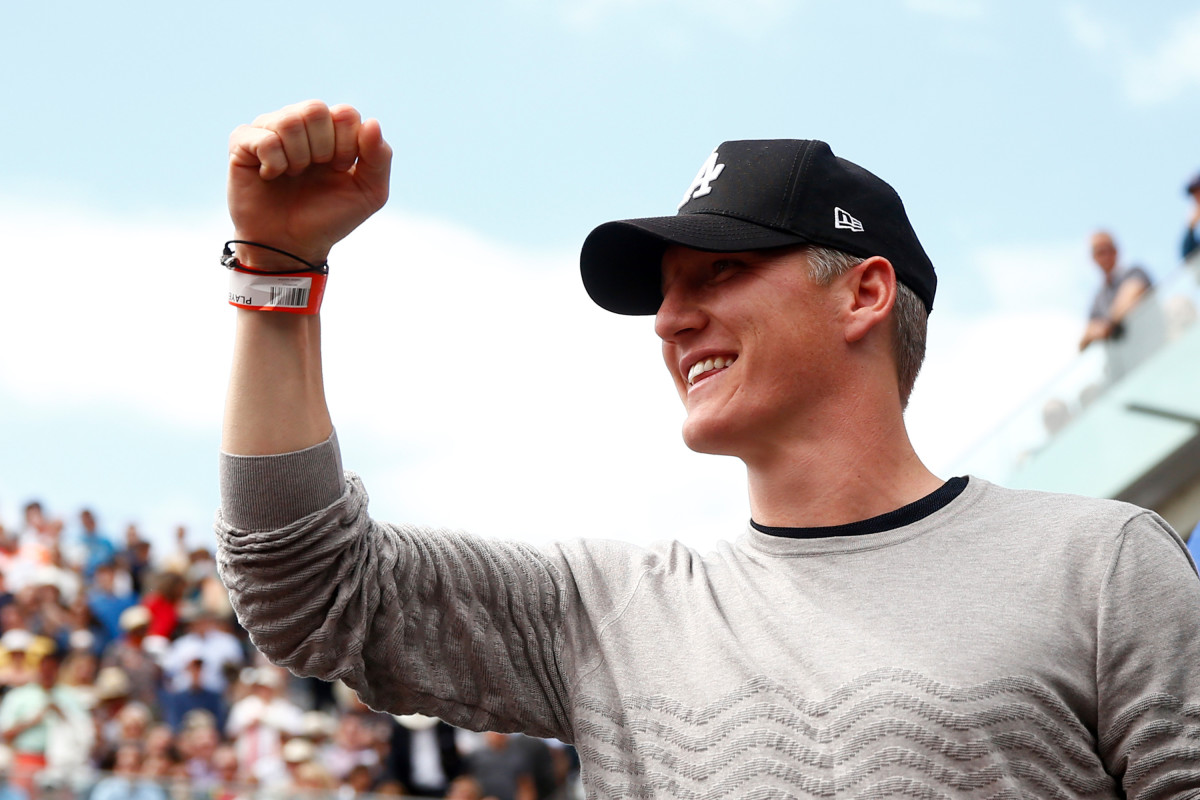
Elina Svitolina
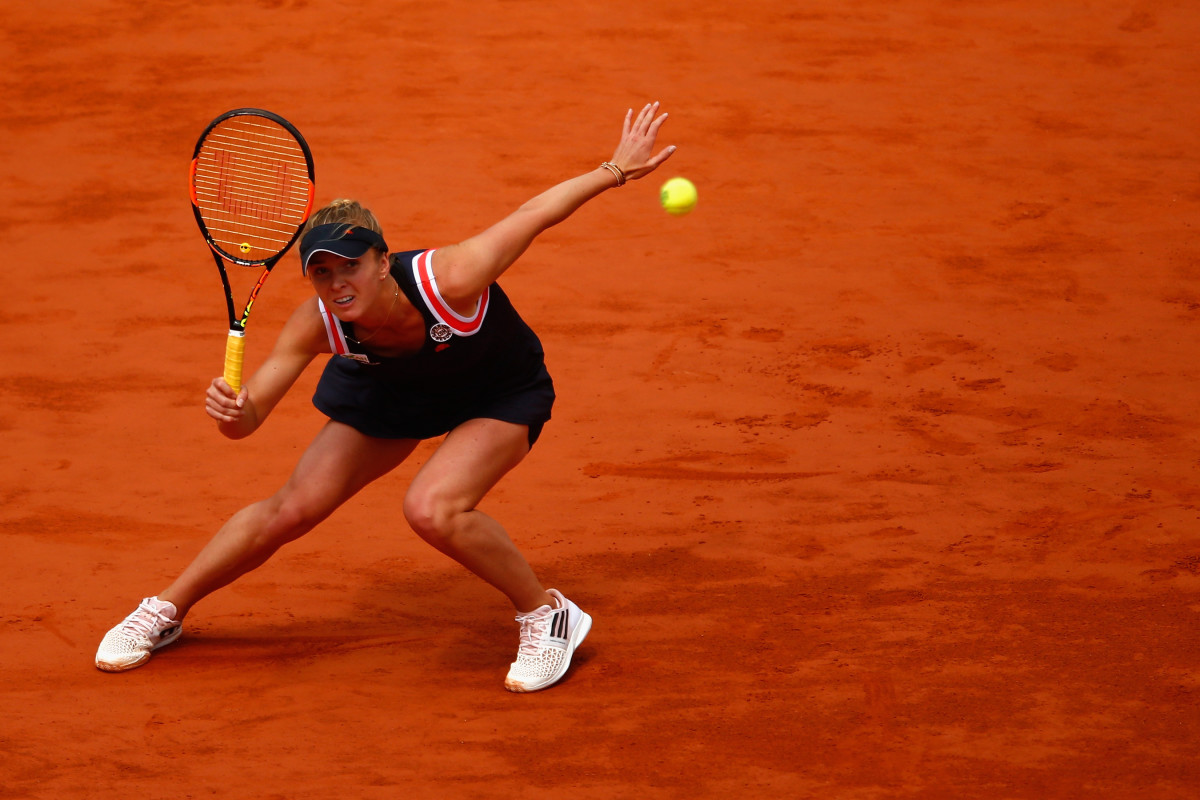
Elina Svitolina
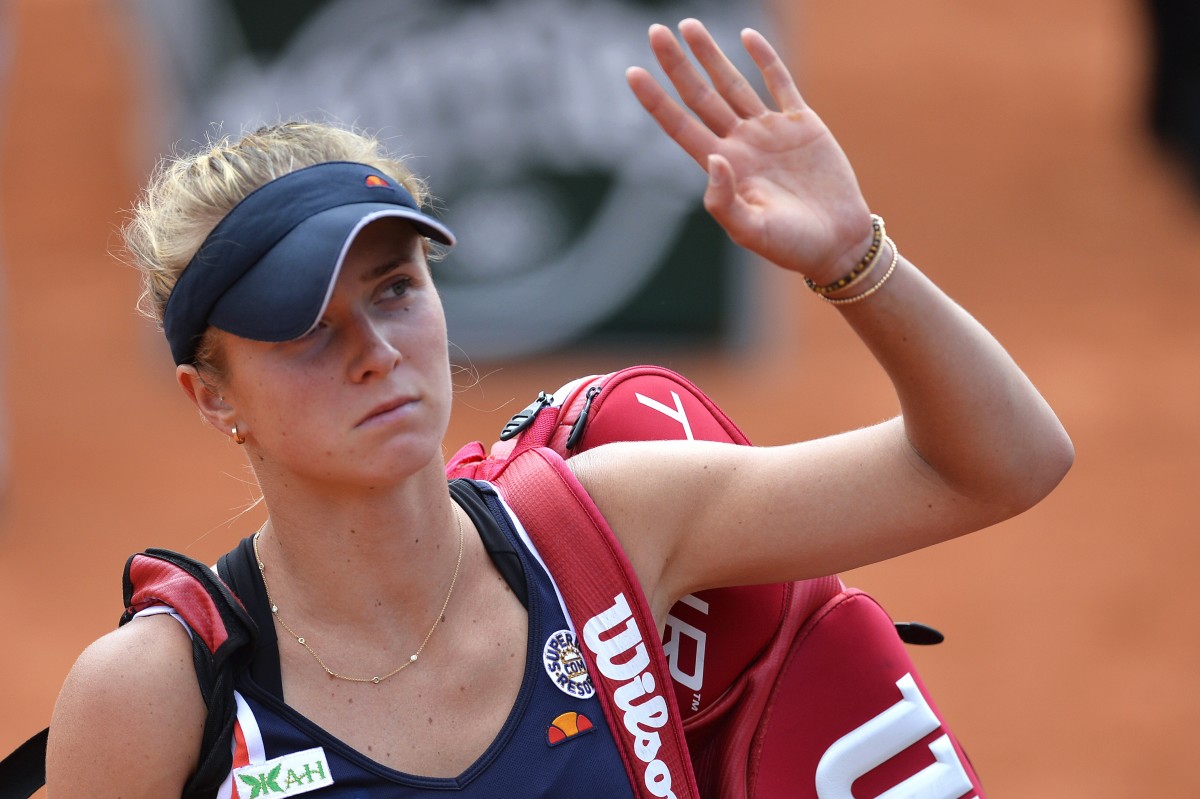
Ana Ivanovic
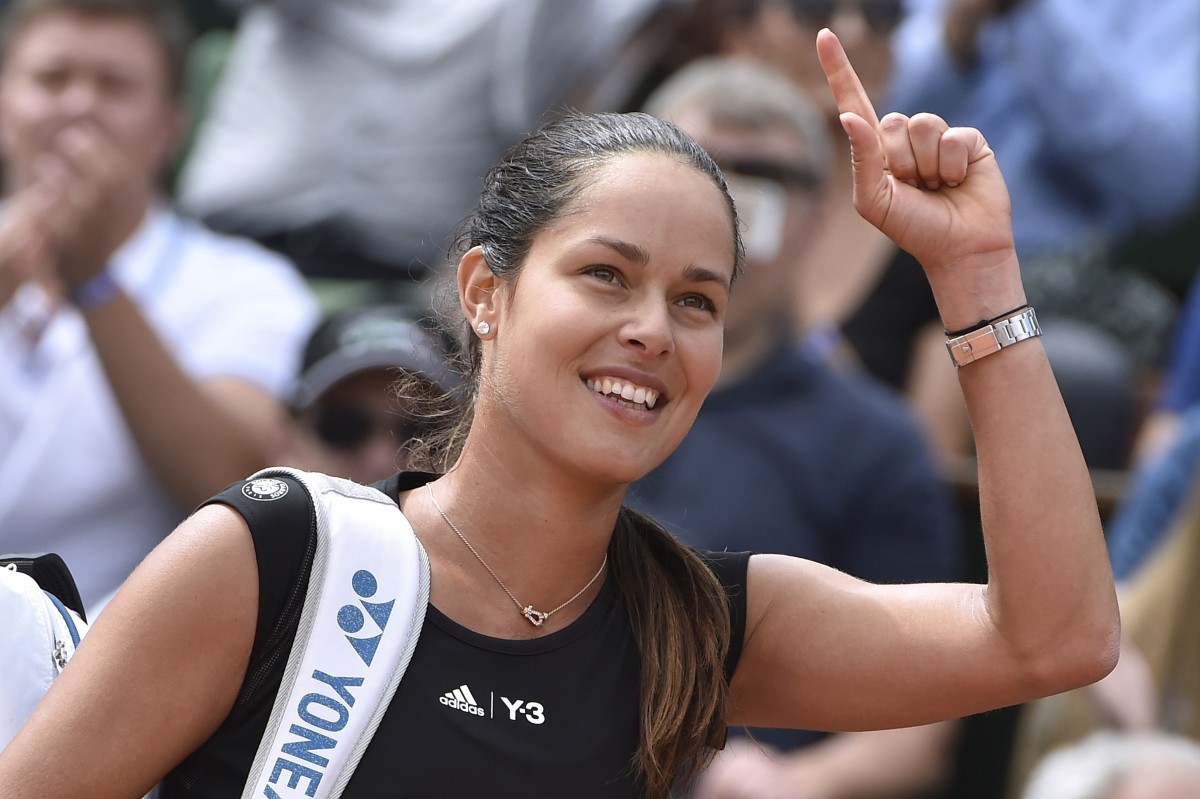
Lucie Safarova
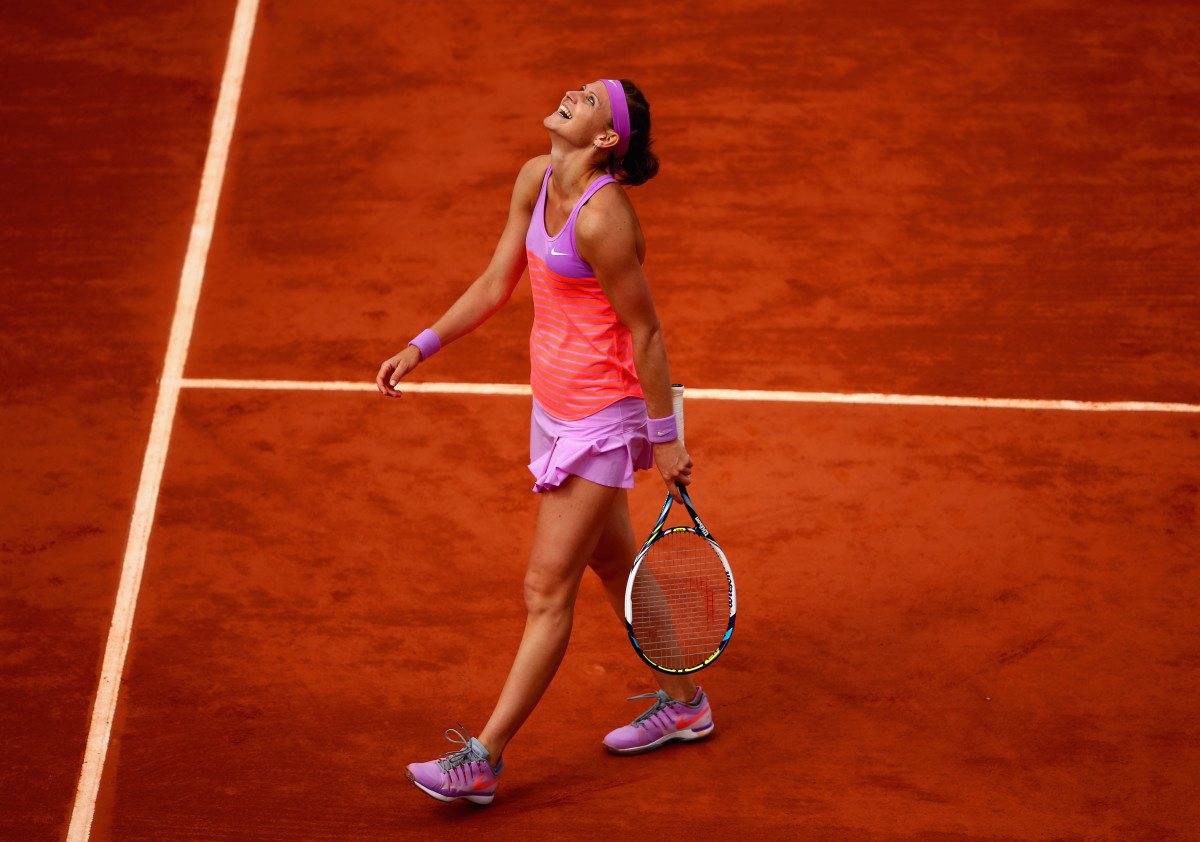
Roger Federer
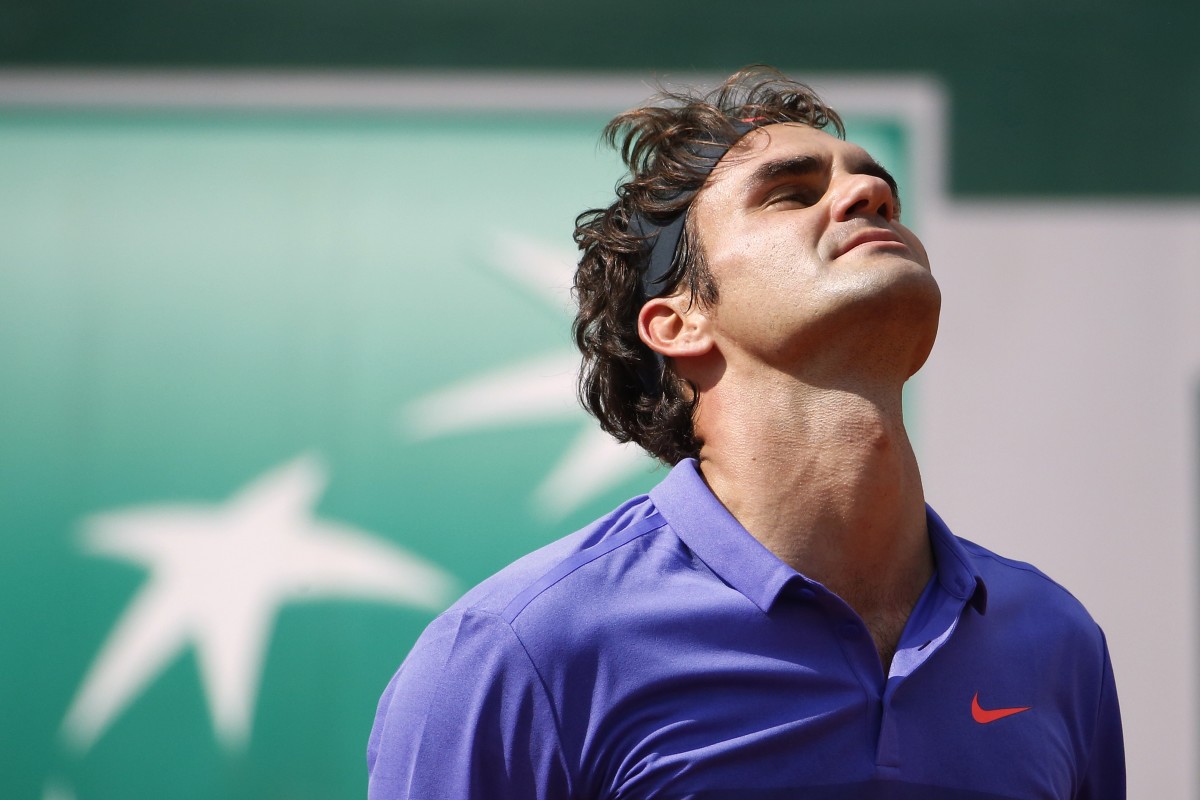
Jo-Wilfried Tsonga
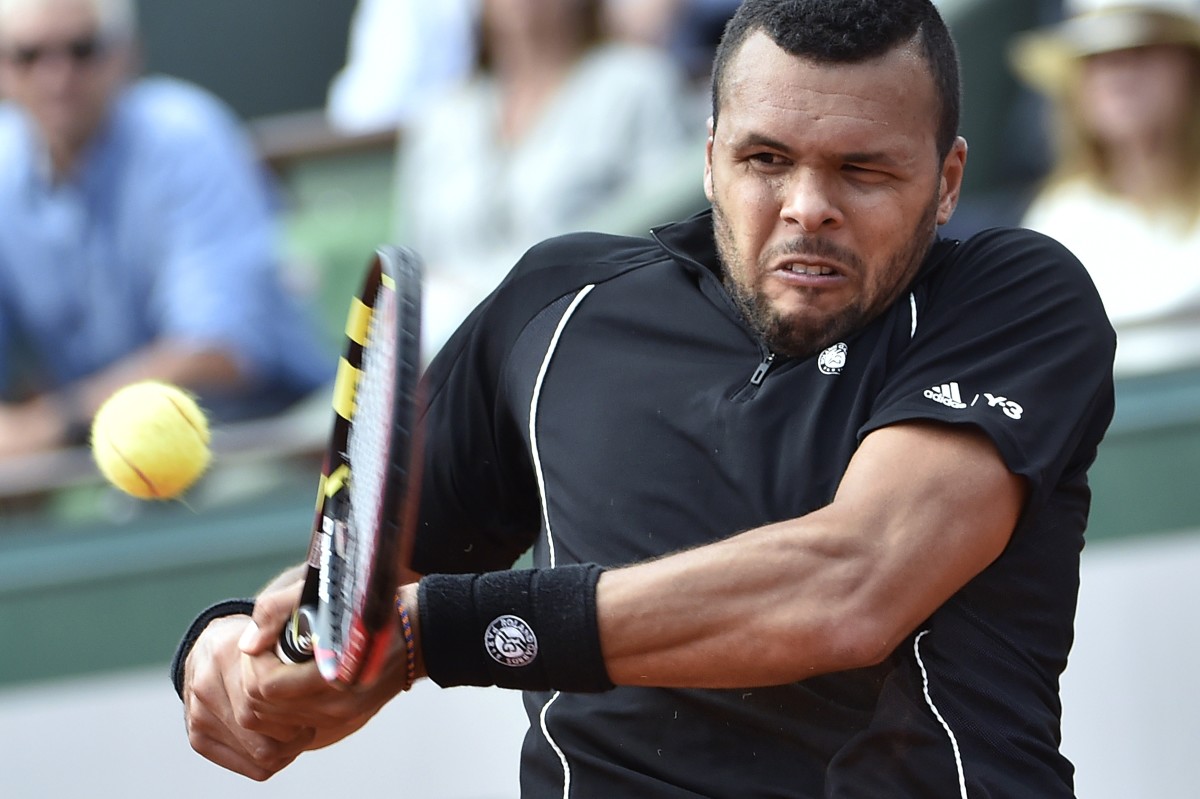
Kei Nishikori
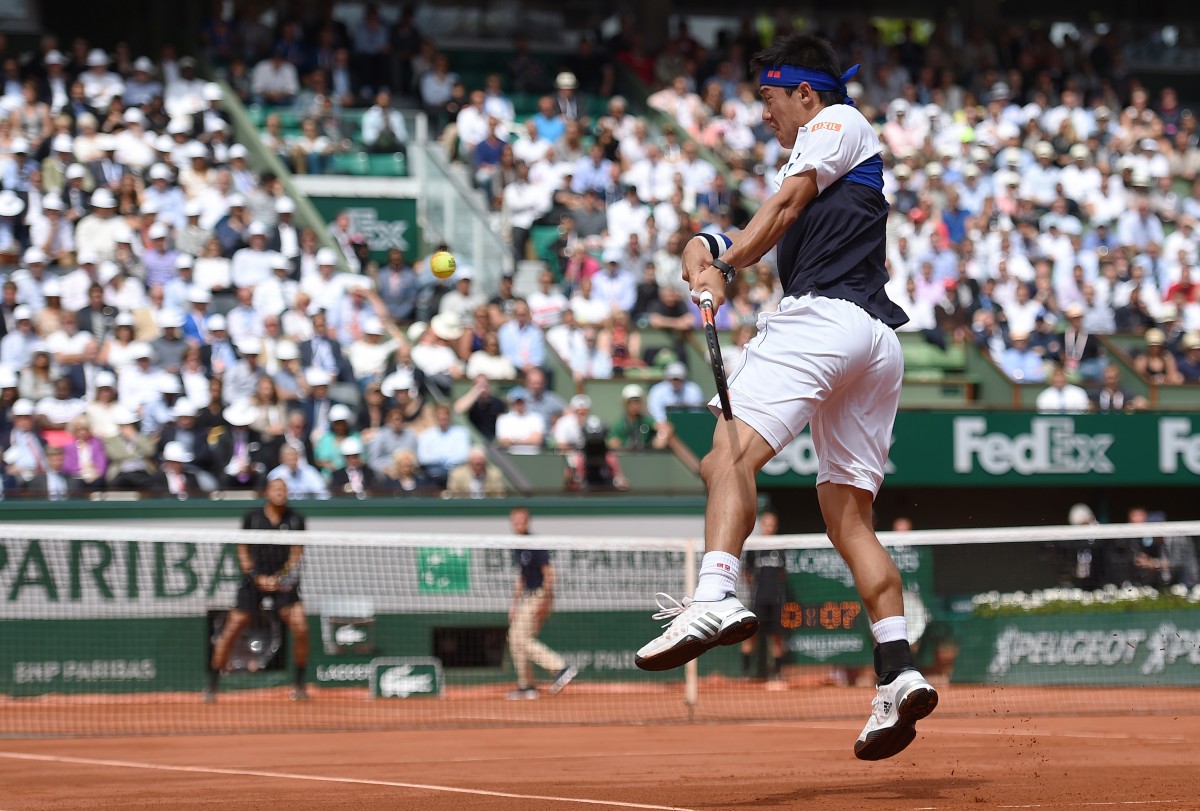
Garbine Muguruza
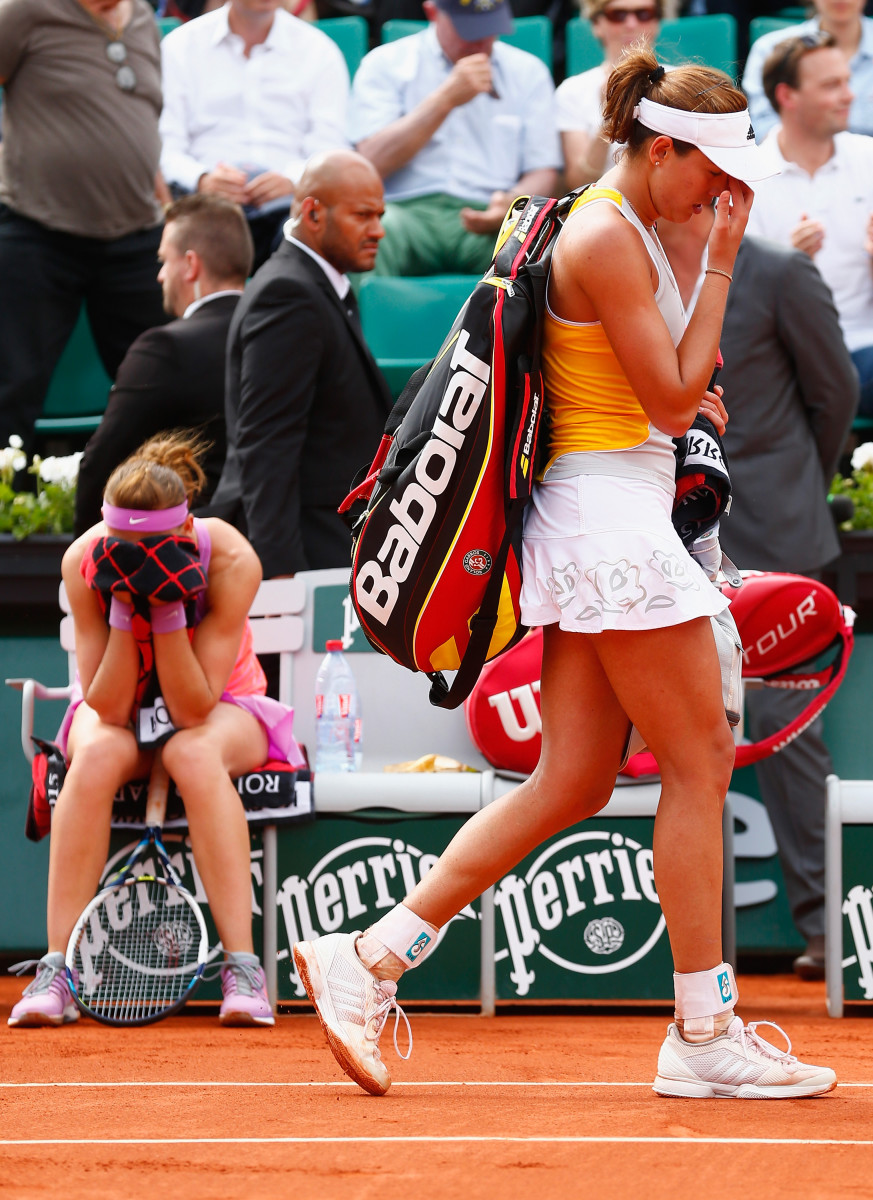
Roger Federer
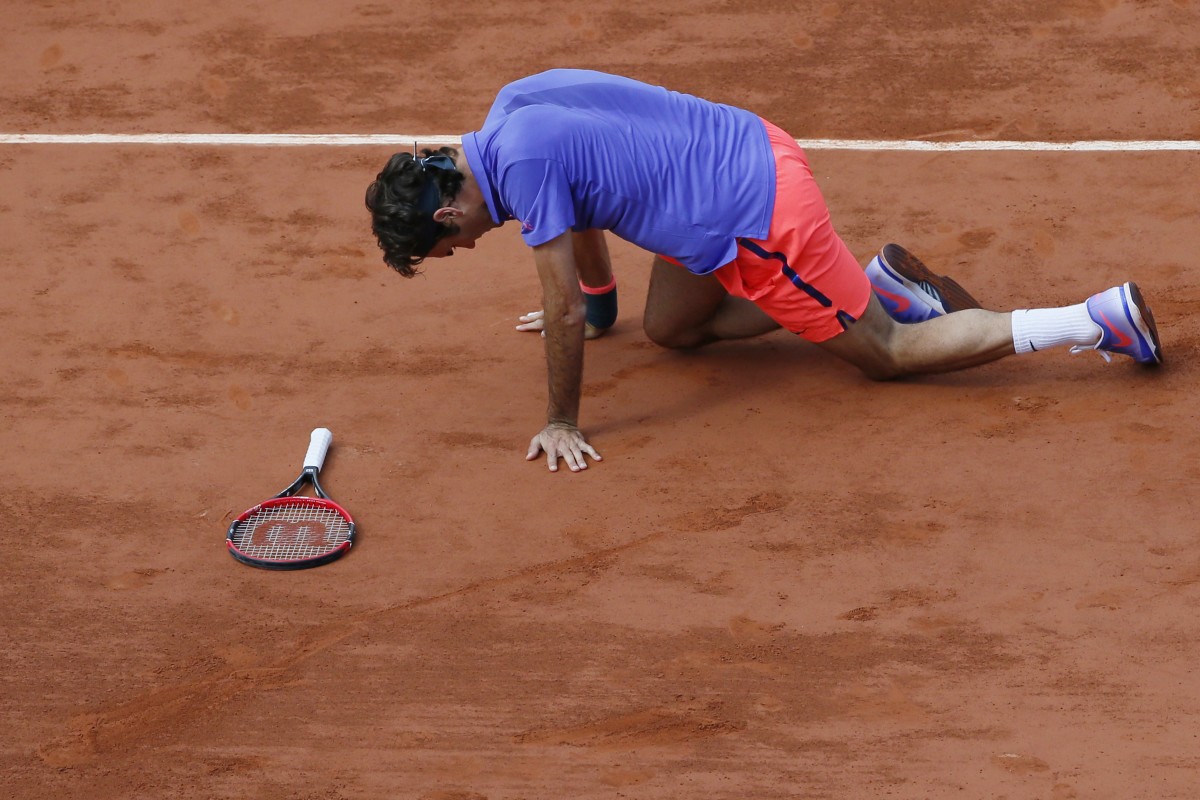
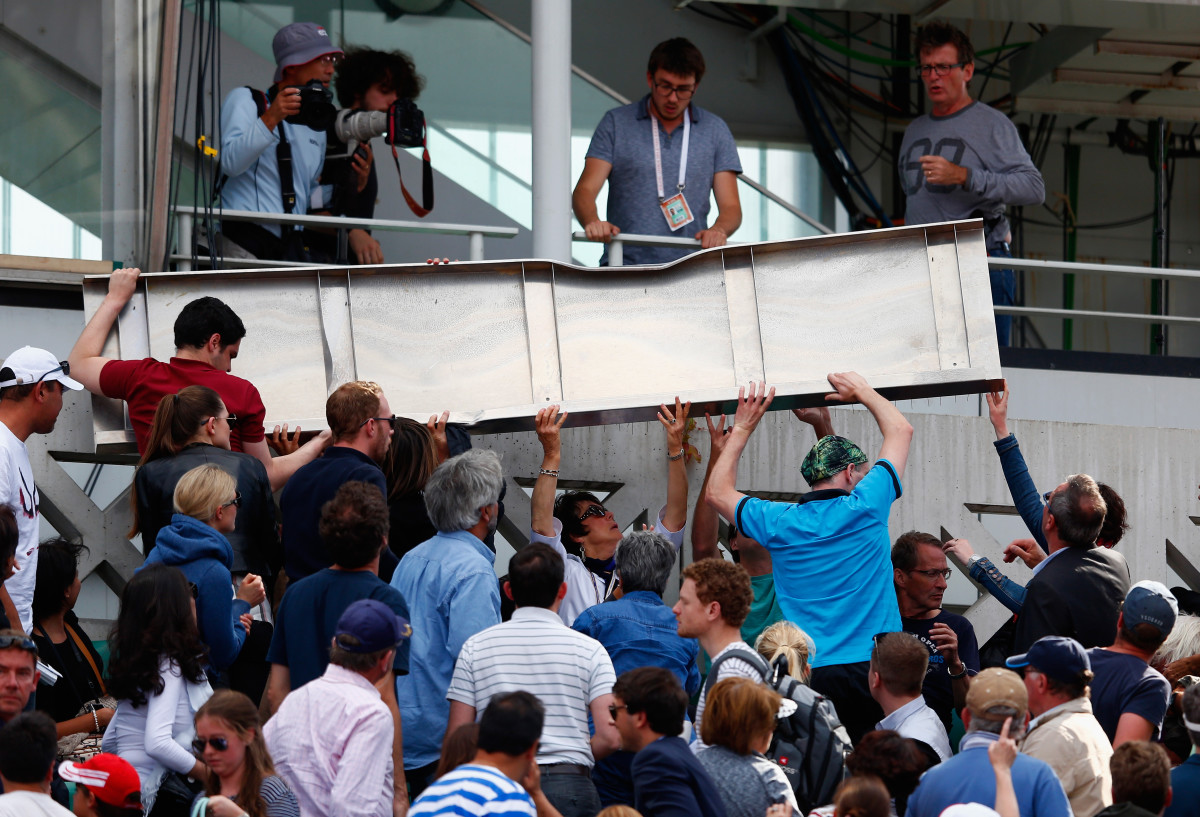
Roger Federer
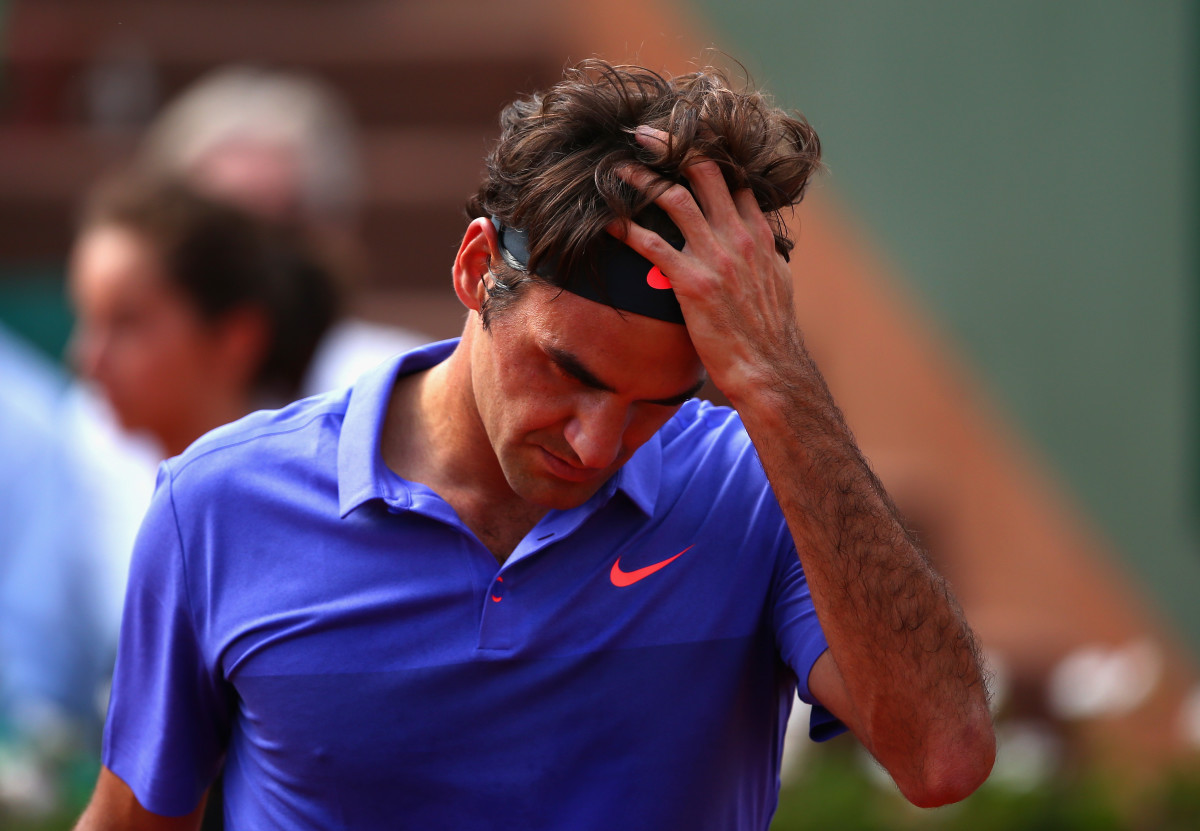
Roger Federer
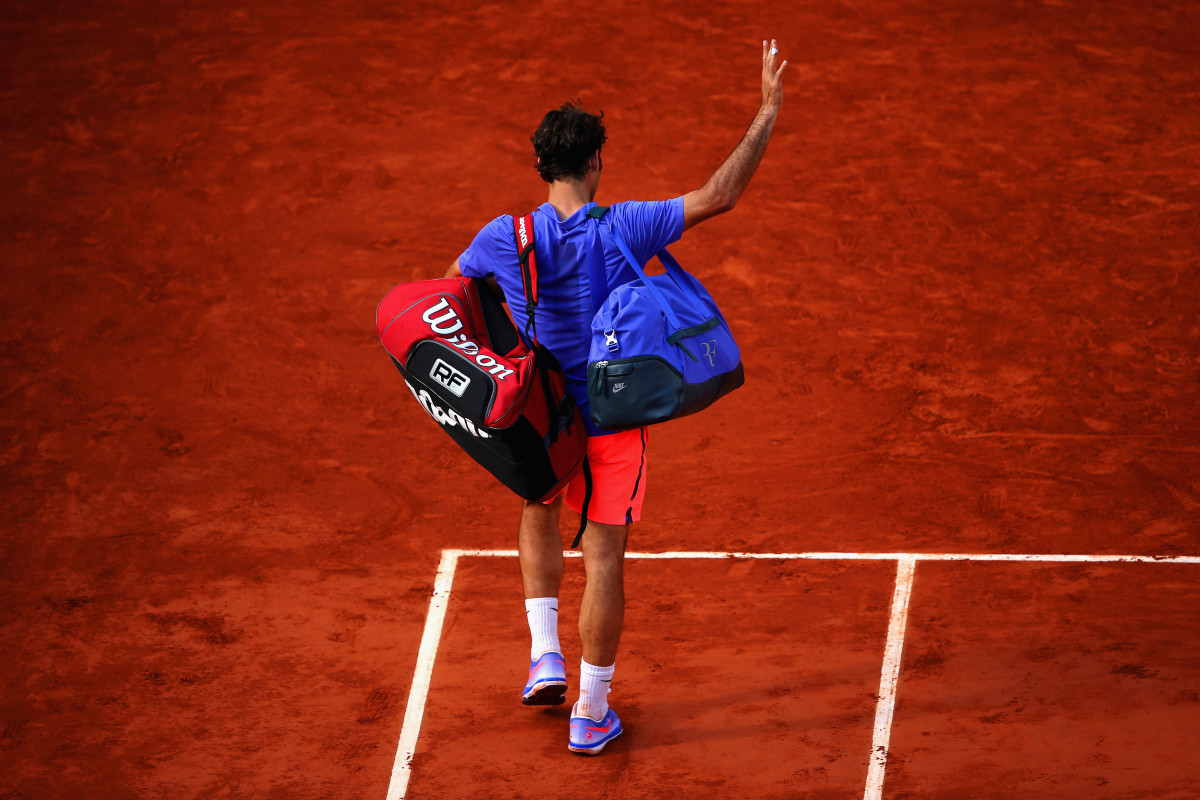
Stan Wawrinka
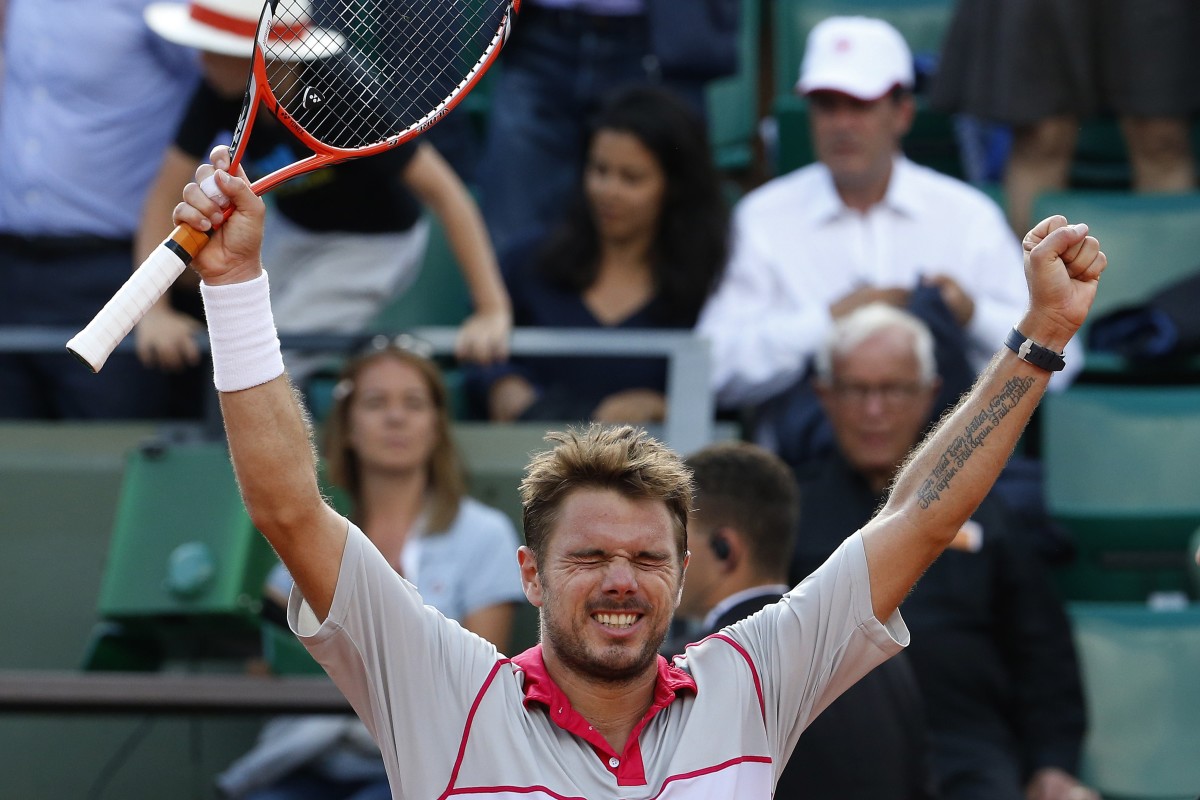
Roger Federer
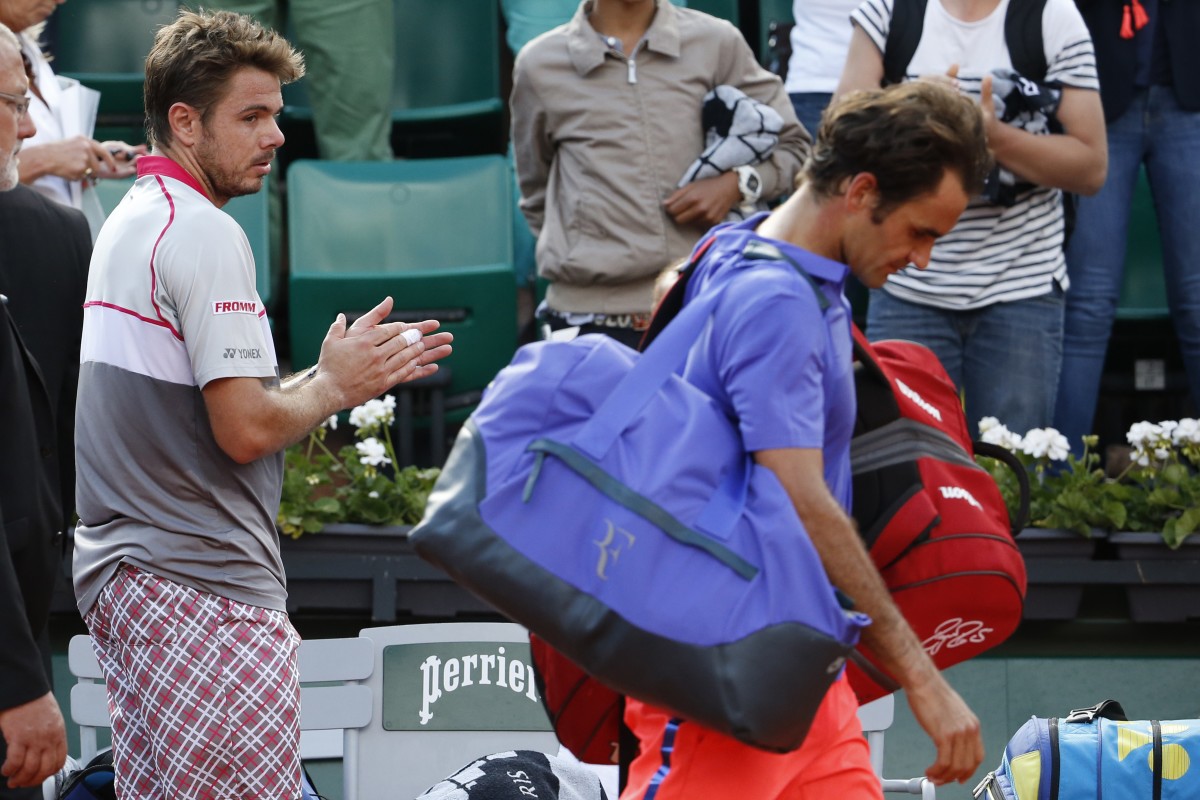
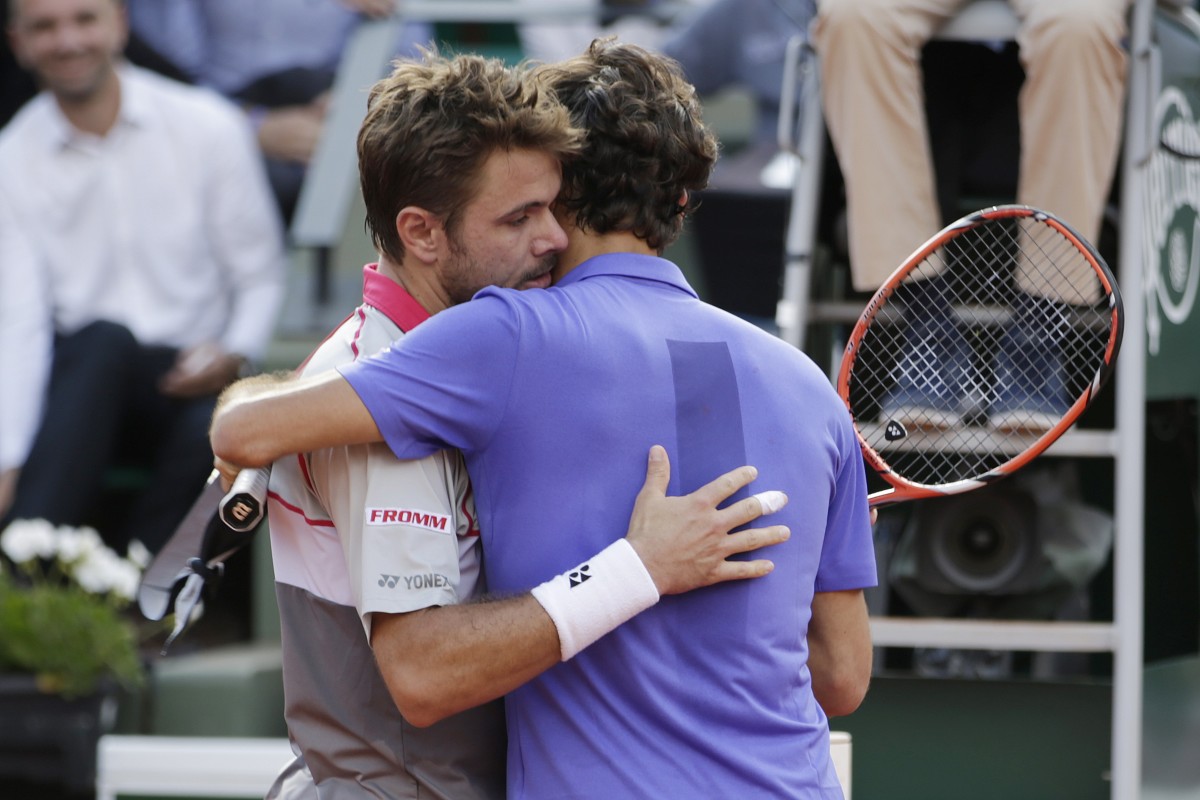
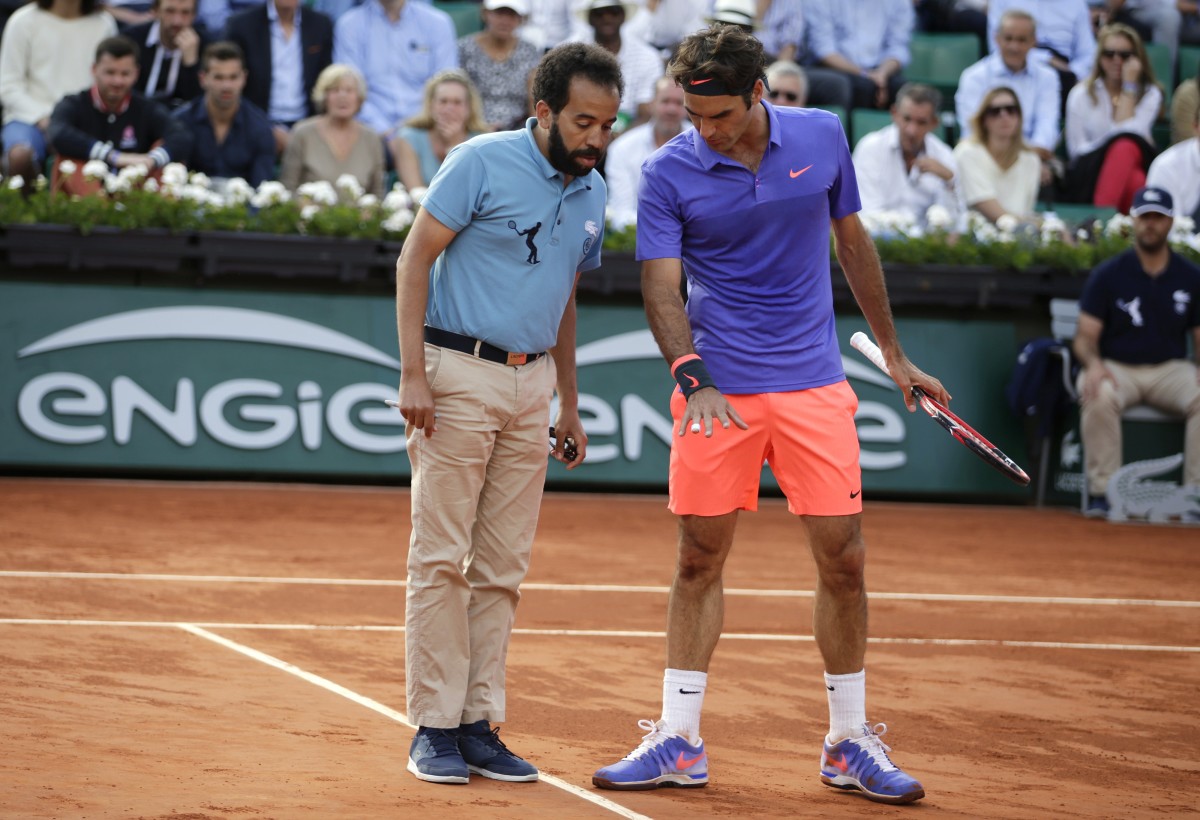
Jo-Wilfried Tsonga
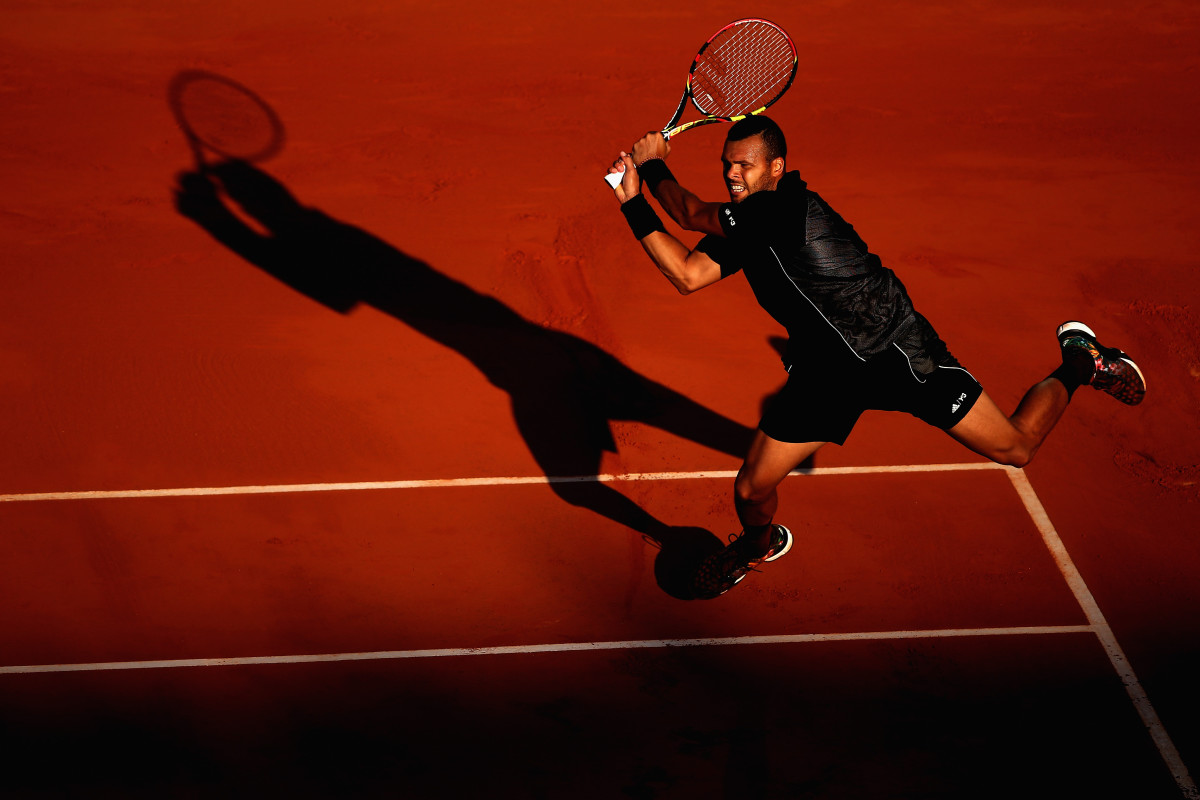
Jo-Wilfried Tsonga
